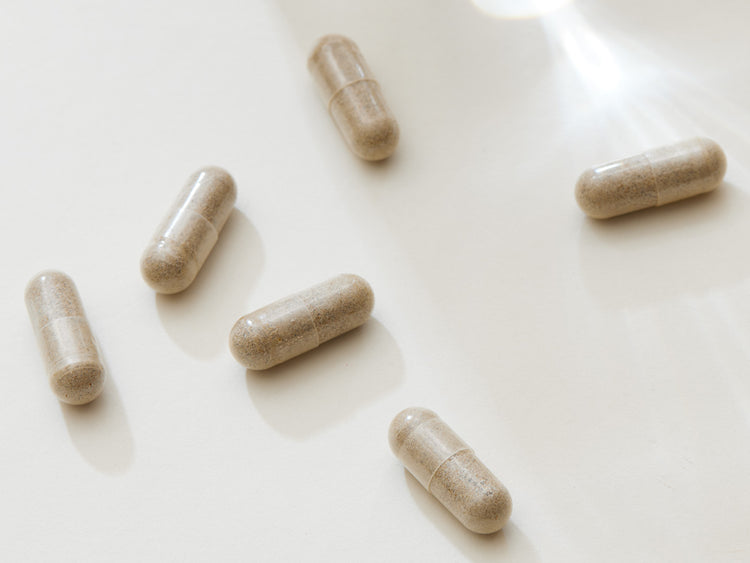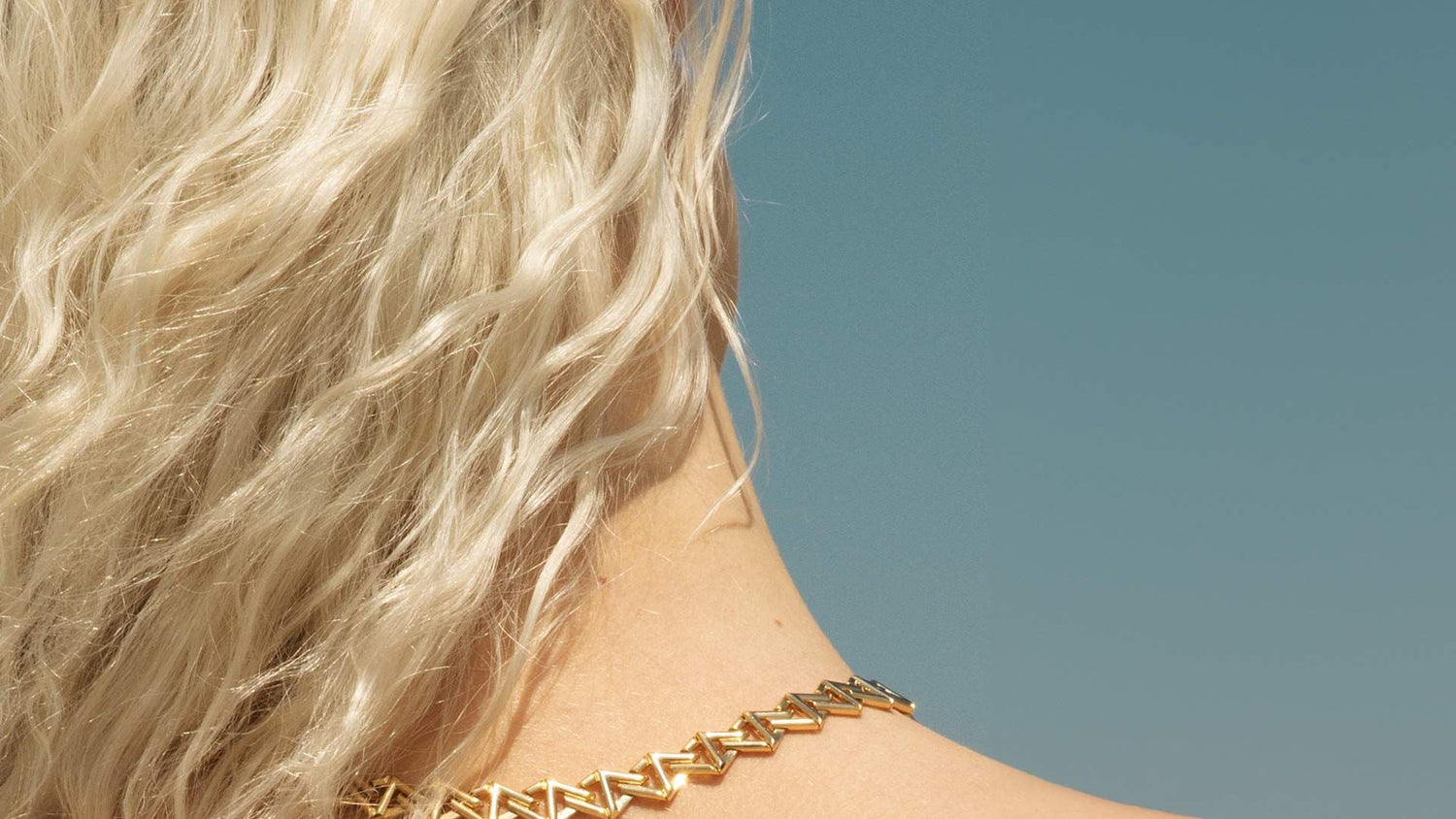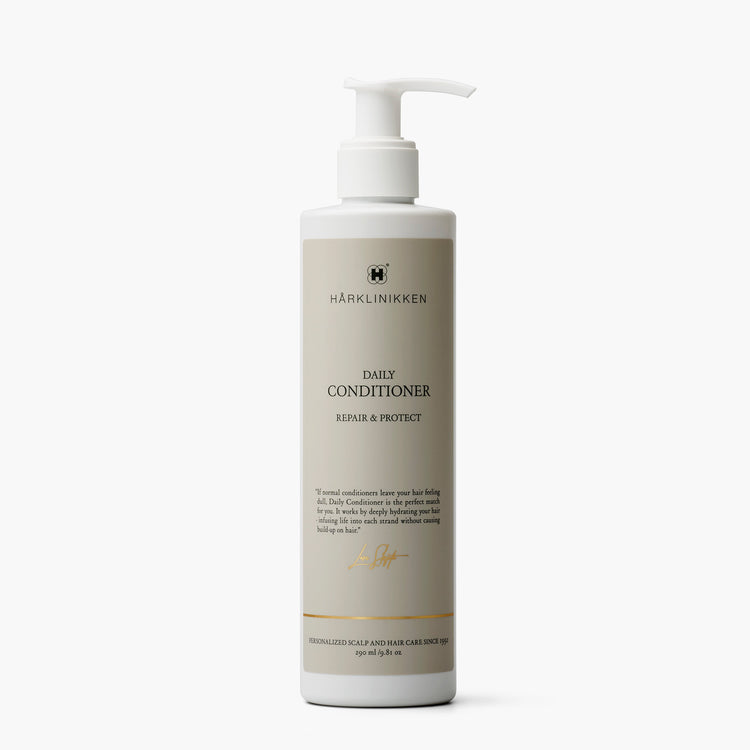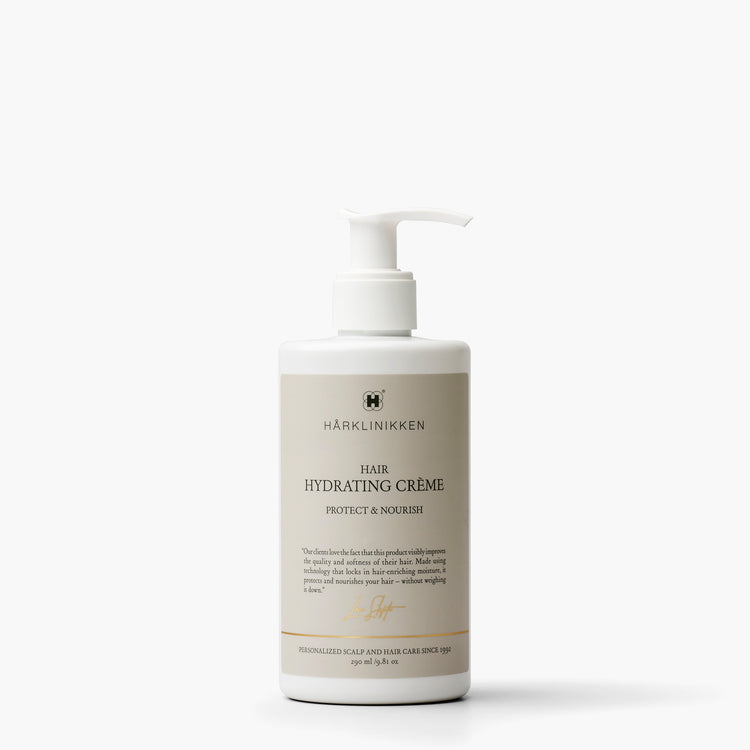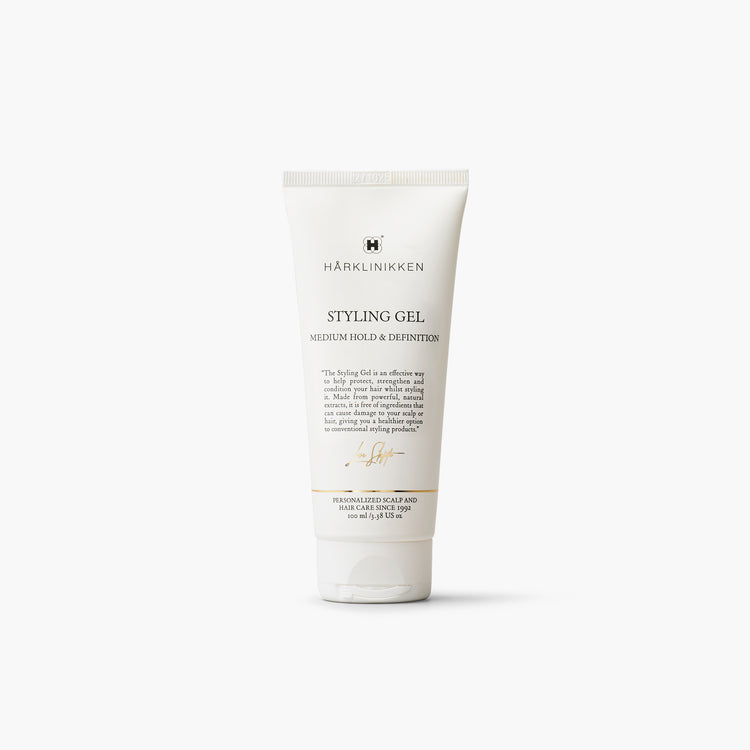Often misunderstood and sometimes vexing, frizz is complicated. Whether due to damage, dryness, genetics or hair type, frizz isn’t always a bad thing. It occurs when the hair’s cuticle – the protective layer that covers a strand of hair – is rough, raised or stripped away. Frizz happens naturally in people who have thinner cuticle layers, but it can also be exacerbated by various elements. Put simply: smoother cuticles means smoother hair.
Causes of Hair Frizz
For people with naturally curly or coily hair, frizz tends to occur more as the natural oils from the scalp don’t travel along textured hair as easily as it does straight hair. But frizz on all hair types can increase with humidity, heat and more. These are the main causes of hair frizz.
Genetics
Sebum – natural oil on the scalp – doesn’t coat naturally wavy, curly and coily hair as much as straight hair. Additionally hair with a curved shape tends to be higher porosity, so it doesn’t have a smooth cuticle. Wavy, curly and coily hair requires more moisture to protect it while also reducing frizz.
Humidity
When water molecules from humidity penetrate hair strands, it can break hydrogen bonds which causes hair to lose its styled shape and go flat or frizzy. This is most common in high humidity, but can also happen when humidity drops quickly. Erratic weather can wreak havoc on hair.
Styling Damage
Genetics and weather can’t be controlled, but we inadvertently cause damage to our strands in a plethora of ways. These include over-washing, using hot styling tools frequently (at a high setting or without a heat protectant), dyeing or treating hair with harsh products, brushing or towel drying hair vigorously, and more.
Managing Frizzy Hair
While frizz can be entirely natural and look great, if you prefer a more defined or sleek look there are plenty of tricks to incorporate into your routine to smooth your strands.
Be careful with heat
Always cleanse your scalp and hair with lukewarm water and use hot styling tools as infrequently as possible, always on low settings. If you have delicate, damaged or dry hair, lower heat is even more important, but people with all hair types should keep their tools below 380 degrees Fahrenheit (194 degrees Celsius) whenever possible. No matter if you have thin, coarse, curly or straight hair, try to use blow dryers and hot tools less frequently and always use a thermal protectant before applying heat.
Don’t brush wet hair
Hair is at its most delicate when it’s wet. Brushing or aggressively combing hair when it’s drenched often means pulling, stretching and bending it in ways that can cause damage and breakage. While a lot of styling products should be applied to wet hair, your fingers or a very wide-tooth comb are your best tools for coverage.
Avoid towel-drying
Vigorously drying your hair with a regular towel not only causes damage to hair follicles on the scalp but also increases friction between strands, resulting in breakage. Reduce friction by gently squeezing wet hair with a soft cotton towel (or even an old cotton t-shirt) and never use a hairdryer on drenched hair. Less friction also means less touching, so try to keep your hands off your hair whenever possible.
Consider silk hair accessories and pillowcases
Traditional elastic hair ties can damage hair by pulling and snapping strands. Unlike cotton pillowcases, silk iterations minimise static and friction – ultimately being more gentle on your hair.
Hydrate and nourish hair
While many people think conditioning is a step that comes after shampooing, we actually recommend people with frizzy or damaged hair to apply our Daily Conditioner to your ends before cleansing your scalp. After showering, while hair is still wet or damp, apply leave-in product like our Hair Hydrating Crème which hydrates and also works as a curl cream and heat protectant. When it comes to styling products, make sure they are hydrating and seal in moisture, like Harklinikken’s Styling Gel. Applying our Hair Mask once or twice a week can also do wonders for your hair.
